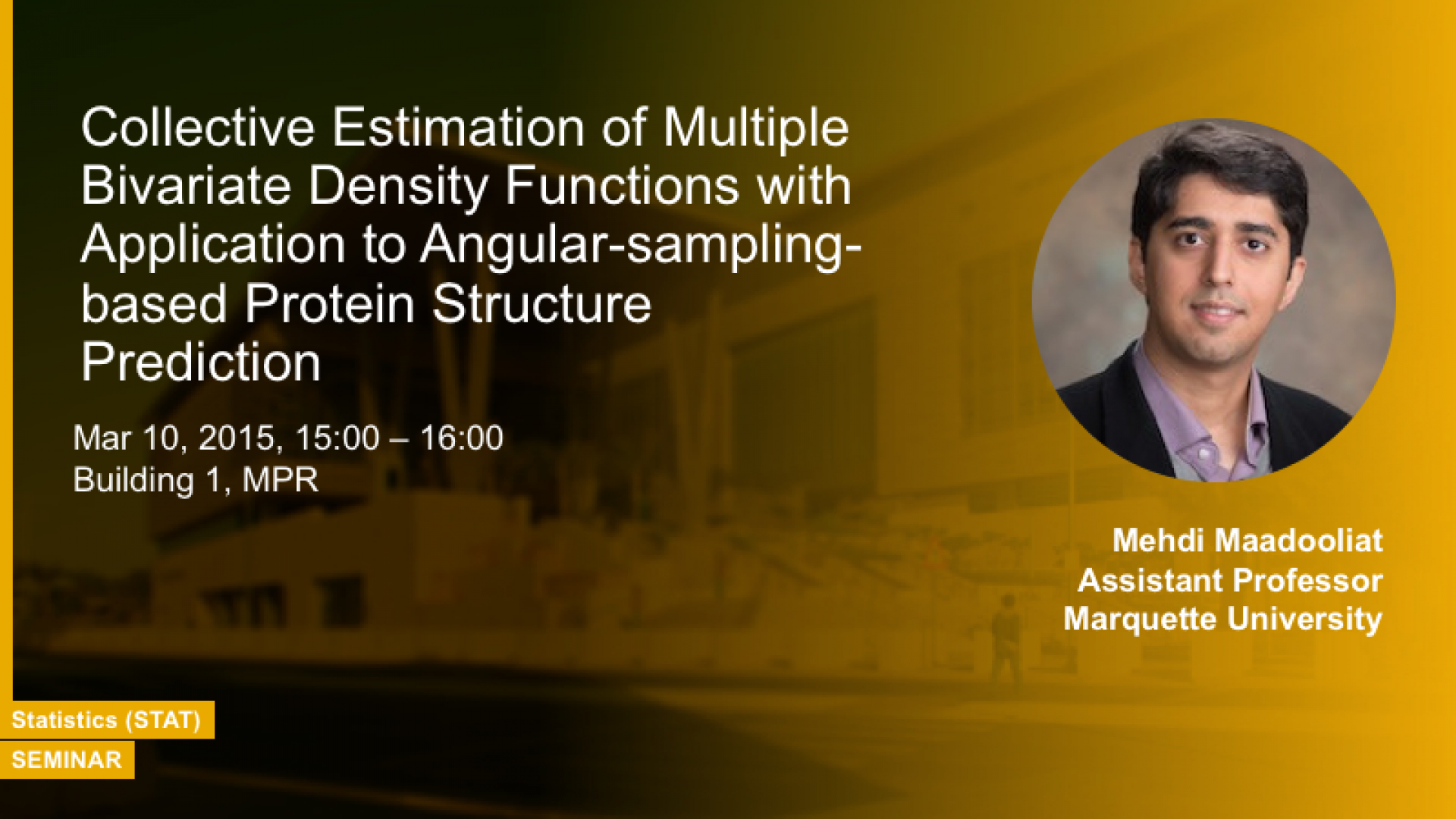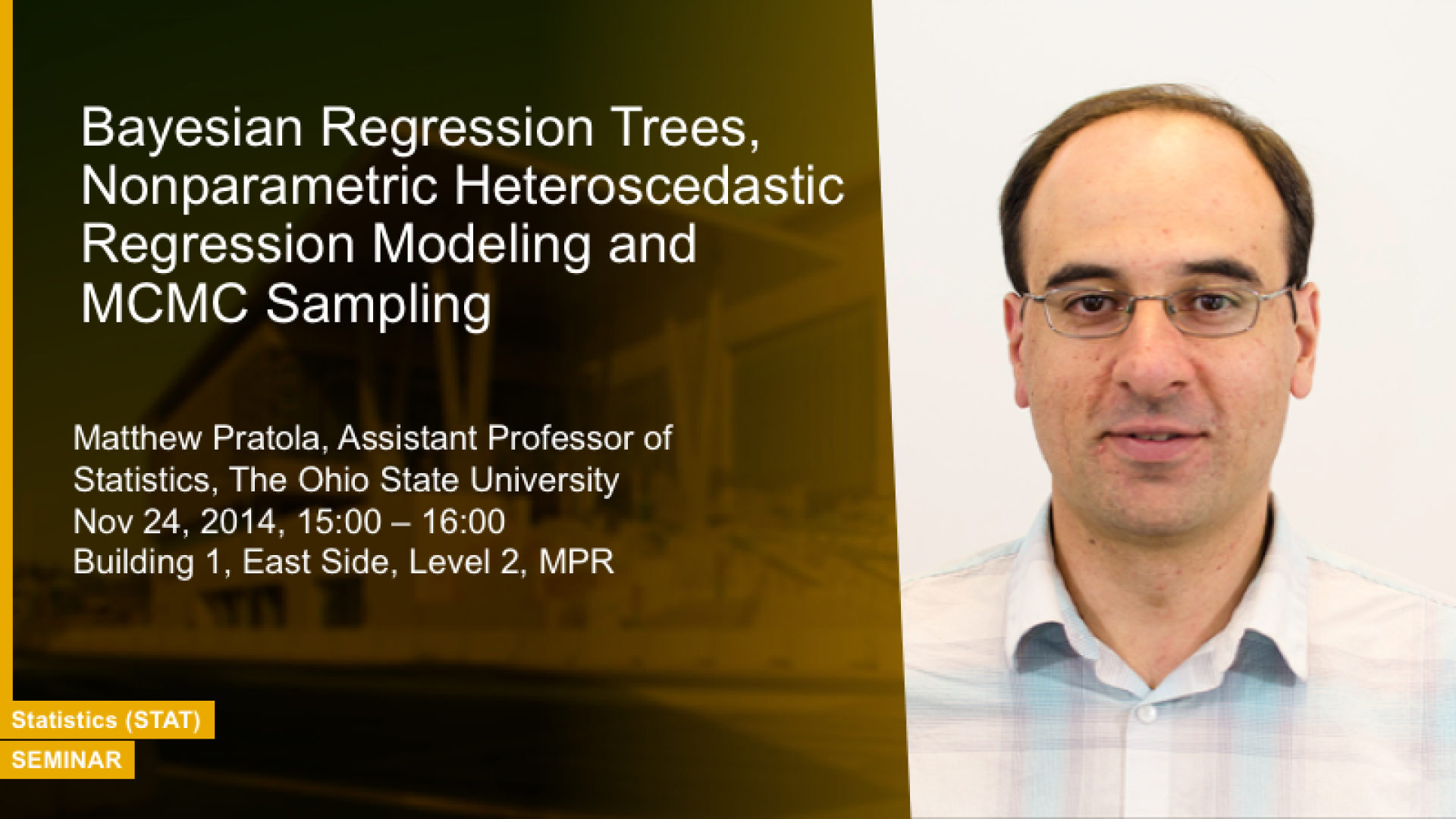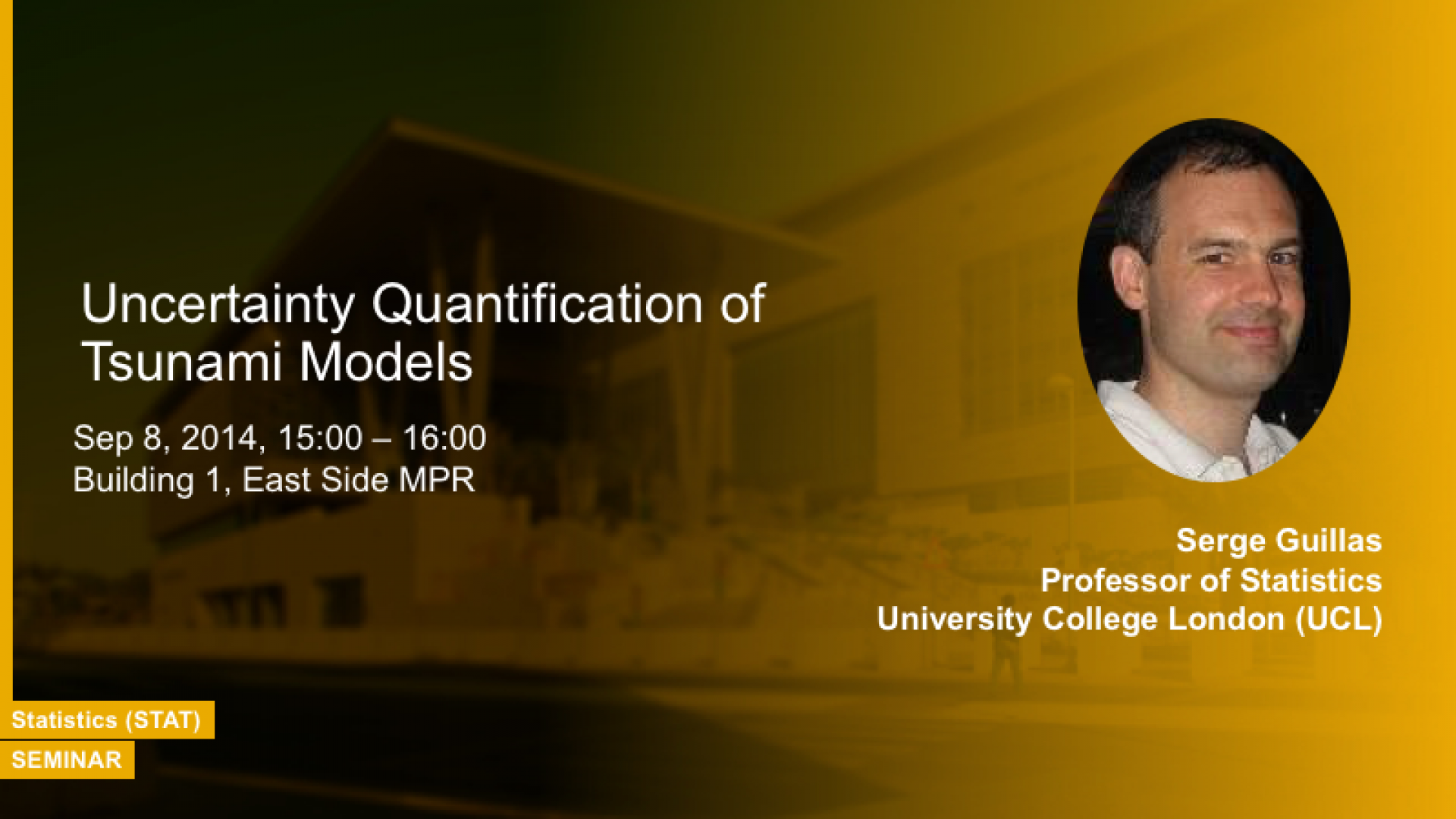Dorit Hammerling, National Center for Atmospheric Research (NCAR)
Wednesday, February 10, 2016, 15:30
- 16:30
B1 L4 Room 4102
Contact Person
With data of rapidly increasing sizes in the environmental and geosciences such as satellite observations and high-resolution climate model runs, the spatial statistics community has recently focused on methods that are applicable to very large data. One such state-of-the-art method is the multi-resolution approximation (MRA), which was specifically developed with high performance computer architecture in mind.






